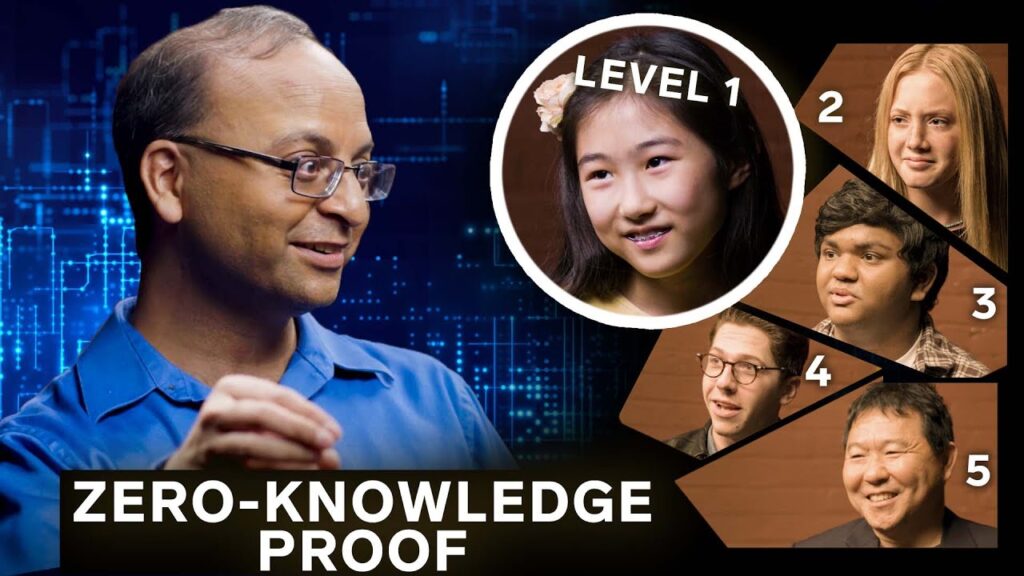The Connectome: Mapping the Brain at an Unprecedented Scale
Summary
In this article, we explore the concept of the connectome in neuroscience research, which involves mapping the connections between every cell in the brain. While this map can provide valuable insights into how the brain communicates and processes information, it also raises ethical concerns about mapping different brains and the limitations of understanding human memory.
Table of Contents:
- Understanding the Connectome
- Simulating a Human Brain in a Computer
- Ethical Concerns About Mapping Different Brains
- Limitations of Understanding Human Memory
- Challenges of Data Analysis in Mapping Brains
- Educating People Outside the Field
Understanding the Connectome:
The connectome is a term used in neuroscience research to map the brain at an unprecedented scale. It involves understanding the connections between every cell in the brain, which can number in the trillions. This map can provide insights into the patterns and pathways that are common between different individuals. The process involves using an electron microscope to take pictures of thin slices of the brain and then using computers to put it all back together.
Simulating a Human Brain in a Computer:
The speaker discusses the possibility of simulating a human brain’s neural network inside a computer, but questions whether this would truly replicate consciousness. While understanding the anatomy of the brain is important, it doesn’t necessarily tell us everything about its function. However, the connectome can provide valuable insights into how the brain communicates and processes information.
Ethical Concerns About Mapping Different Brains:
The speaker raises ethical concerns about mapping different brains, including differences between males and females, different races, and the potential for incomplete information when focusing solely on the brain’s wiring diagram. It is important to consider these differences and limitations when interpreting the data.
Limitations of Understanding Human Memory:
The speaker also discusses the limitations of understanding human memory and the challenges of data analysis in mapping brains. While mapping the connectome can provide insights into the brain’s communication and processing, it may not necessarily provide a complete understanding of how the brain stores and retrieves memories.
Challenges of Data Analysis in Mapping Brains:
The main challenge in mapping the connectome is developing algorithms to trace and recognize connections in the brain, which will require significant funding. The speaker emphasizes the need for collaboration and funding to advance this research.
Educating People Outside the Field:
The speaker believes that their field is not doing a good job of educating people outside of it about the benefits of what they can achieve. They are impressed that when they talk to people about new and outlandish ideas, even children can quickly form a considered opinion. The speaker hopes that more people will talk about brains and their uses, and believes that their field has the opportunity to make this more real.
Conclusion:
The connectome is a powerful tool in neuroscience research, providing insights into the brain’s communication and processing. However, it is important to consider ethical concerns and limitations when interpreting the data. Advancing this research will require significant funding and collaboration, but the potential benefits are vast. It is important to educate people outside the field about the possibilities of brain research and its impact on society.





